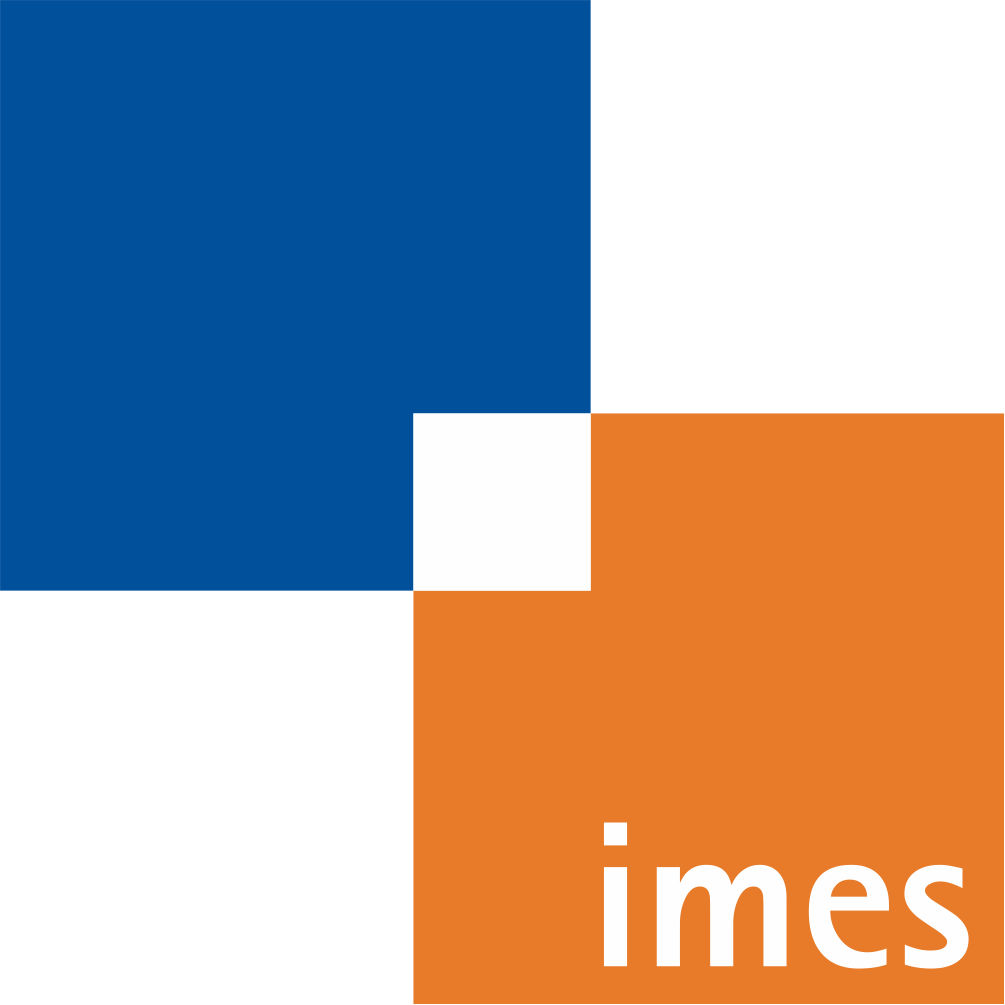Iterative learning control of a drop foot neuroprosthesis—Generating physiological foot motion in paretic gait by automatic feedback control
- verfasst von
- Thomas Seel, Cordula Werner, Jörg Raisch, Thomas Schauer
- Abstract
Many stroke patients suffer from the drop foot syndrome, which is characterized by a limited ability to lift the foot and leads to a pathological gait. We consider treatment of this syndrome via Functional Electrical Stimulation (FES) of the peroneal nerve during the swing phase of the paretic foot. We highlight the role of feedback control for addressing the challenges that result from the large individuality and time-variance of muscle response dynamics. Unlike many previous approaches, we do not reduce the control problem to the scalar case. Instead, the entire pitch angle trajectory of the paretic foot is measured by means of a 6D Inertial Measurement Unit (IMU) and controlled by an Iterative Learning Control (ILC) scheme for variable-pass-length systems. While previously suggested controllers were often validated for the strongly simplified case of sitting or lying subjects, we demonstrate the effectiveness of the proposed approach in experimental trials with walking drop foot patients. Our results reveal that conventional trapezoidal stimulation intensity profiles may produce a safe foot lift, but often at the cost of too high intensities and an unphysiological foot pitch motion. Starting from such conservative intensity profiles, the proposed learning controller automatically achieves a desired foot motion within one or two strides and keeps adjusting the stimulation to compensate time-variant muscle dynamics and disturbances.
- Organisationseinheit(en)
-
Institut für Mechatronische Systeme
- Typ
- Artikel
- Journal
- Control engineering practice
- Band
- 48
- Seiten
- 87-97
- Anzahl der Seiten
- 11
- ISSN
- 0967-0661
- Publikationsdatum
- 2016
- Publikationsstatus
- Veröffentlicht
- Peer-reviewed
- Ja
- ASJC Scopus Sachgebiete
- Angewandte Mathematik, Elektrotechnik und Elektronik, Steuerungs- und Systemtechnik, Angewandte Informatik
- Elektronische Version(en)
-
https://doi.org/10.1016/j.conengprac.2015.11.007 (Zugang:
Geschlossen)
